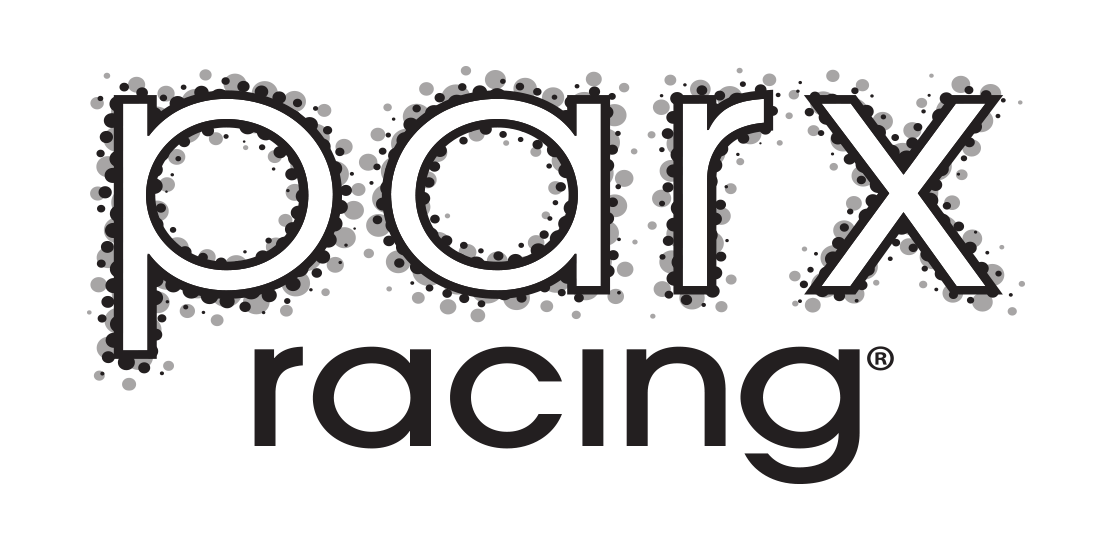Racing fans everywhere know and love horses for their exhilarating speed and the incredible show they put on at the track. When fans see racehorses running in their prime, however, they’re only catching a small snapshot of their lives.
Like their human counterparts, many top equine athletes only compete during the early part of their adulthood. They’ll often spend a few quick years following the racecourse’s curves before their owners decide it’s time for retirement. And also like human athletes, their retirement is generally lavish and easygoing.
From breeding to working second jobs to peacefully living out their days on private farms, we’re following racehorses into retirement to give you a glimpse of their golden years.
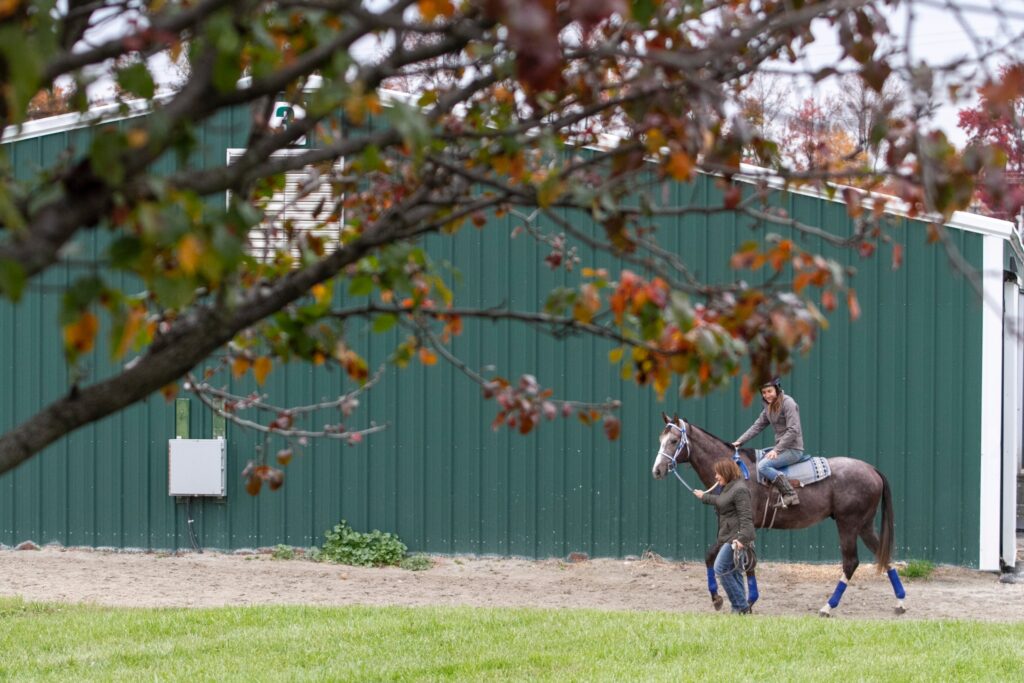
When Do Horses Retire?
How long horses compete for is ultimately up to their owners or trainers. A variety of factors go into deciding when to rest the reins or hang up the lines, including ability, health, and age. Nonetheless, there are some general guidelines governing how long horses stay in the sport:
- Thoroughbreds – Many thoroughbreds run their first real races at around two years old and will only compete for two to three more years [1]. With average lifespans of around three decades, however, that’s equivalent to humans retiring as teenagers [2].
- Standardbreds – Standardbreds work a bit later into their adulthoods, but the oldest amongst them are still forced into mandatory retirement once they reach 15 [3]. With half their lives still ahead of them, there’s plenty of time to enjoy the fruits of their labor after they’ve run their final lap.
When a horse retires, they’re treated with the same love, care, and admiration as they were during their racing days. Their schedules, however, are free from the training and events that once kept them occupied. So, that begs the question: What do horses do with all their free time after they retire?
Breeding: The Next Step for Championship Horses
Like humans, equine retirees often switch gears and pursue new disciplines once they hang up their horseshoes. As such, many former racehorses will begin breeding at this stage in their lives.
Generally, breeders begin mating horses around three to seven years old—right around the time they retire from racing [4]. Mares generally remain fertile until their mid-teens, while stallions may be capable of siring for the majority of their lives [5].
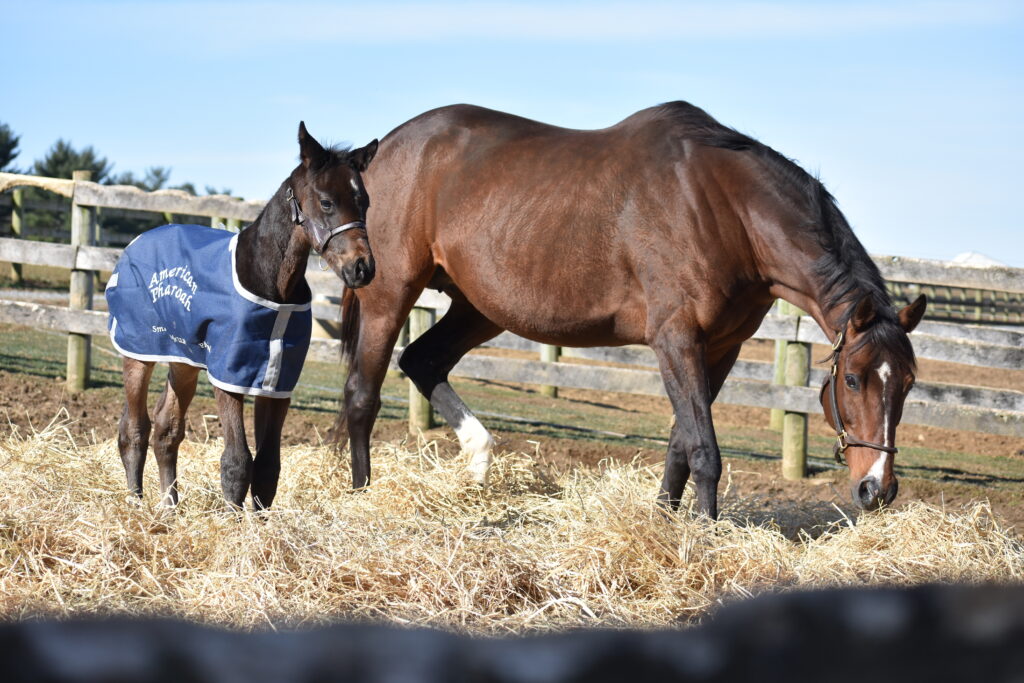
The Second Careers of Equine Retirees
Beyond breeding, there are numerous other jobs retired racehorses can take up. Remember, retired horses are still young, fit, and sprightly—many need outlets to move their muscles and expend their energy. Second careers aren’t so much jobs in the classical sense, but more pastimes for animals used to active lifestyles.
Some of the most popular fields retired racehorses work in include: [7]
- Barrel racing
- Hunting
- Dressage
- Trailriding
In order for horses to take on these new careers, however, they must receive significant training. The Standardbred Transition Alliance is an organization that helps horses adjust to life off the track and find them placements in quality aftercare programs. They retrain racehorses to help them break free from the habits of competition and return to being everyday equines.
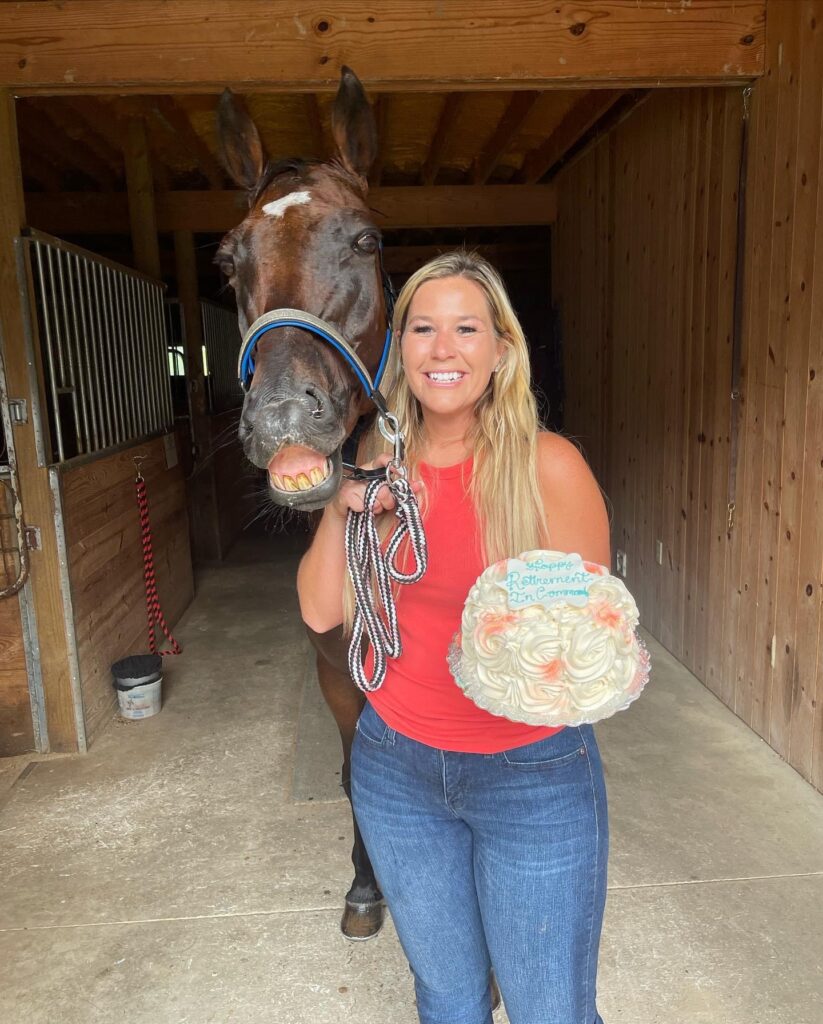
Rehabilitation: Loving Homes for Athletes Who’ve Had Their Careers Cut Short
Unfortunately, not every racehorse ages out of the sport. Some are forced into early retirement due to illness or injury. Horse health is the top priority for owners and trainers here in Pennsylvania, so if a racehorse does have to retire abruptly for medical reasons, there are several programs and agencies ready to provide loving care and rehabilitation for them. One is Turning For Home, a horse rehoming organization committed to: [8]
- Providing routine veterinary care while they search for adoptive owners
- Funding any emergency surgeries needed to maintain their horses’ health
- Rehabilitating injured horses and preparing them for their second lives with their new owners
In Pennsylvania horse racing, no athlete is left behind. That means healthcare and homes for each and every retired horse regardless of age, winnings, or pedigree [7].
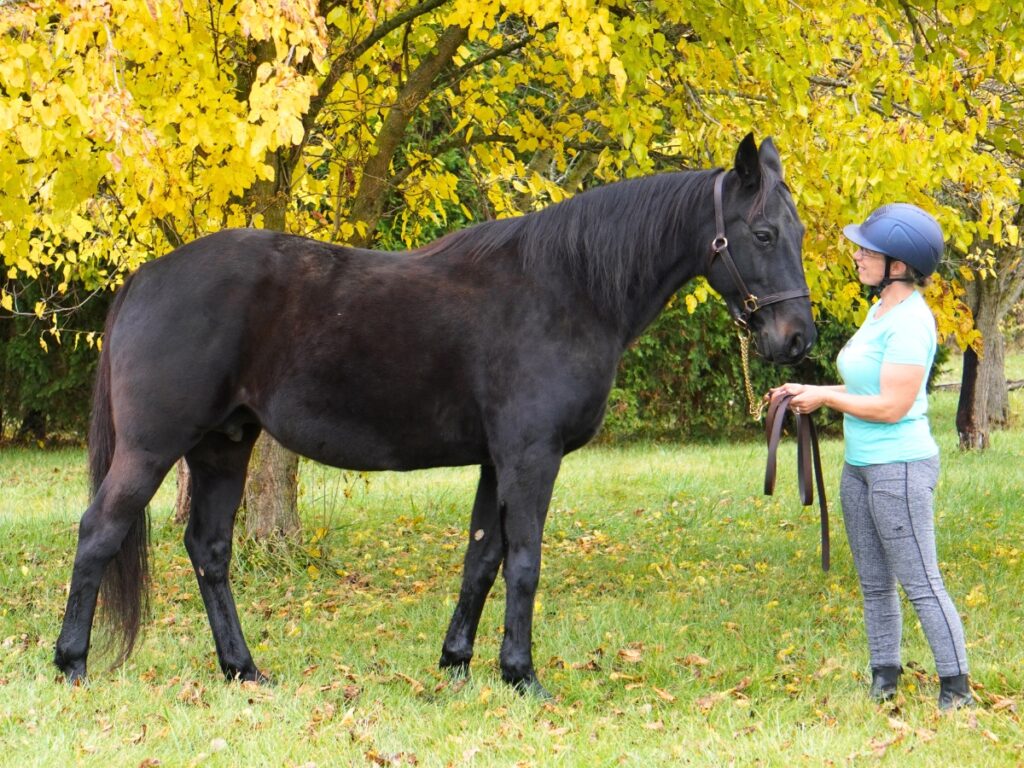
Rest and Relaxation: A Racehorse’s Real Retirement
While many horses will be bred or take up second jobs upon retirement, others will simply be adopted and live out leisurely lives on the farms of private owners. The Pennsylvania Horse Racing Association (PHRA) is dedicated to ensuring each and every adopted horse has a happy, healthy, and peaceful retirement.
That’s why we work with programs such as New Vocations, the nation’s largest racehorse adoption network. They seek out vet-qualified, caring owners to adopt retired racehorses and take care of them in their twilight years. So far, they’ve helped over 8,500 racehorses from Pennsylvania and across the nation find loving homes after leaving the sport [9].
Learn More About Racehorses at Any PHRA Track
If the lives of racehorses fascinate you, then an exciting day at the races can put you on the track to learning more about these fascinating creatures.
Any of the Pennsylvania Horse Racing Association’s (PHRA) lively tracks offer an exhilarating time for horse lovers. Check our events page and follow the racing schedules to see equine athletes in their prime before they head to our approved aftercare programs.
If the electric atmosphere of the crowd compels you to make a bet, consider becoming a Wager Warrior to gain inside information, like horses’ past performances and other useful resources. Remember, a horse’s racing career is short—so, if you’re feeling lucky, make that winning wager while you’ve got the chance.
Sources:
[1] “Training Young Horses: The Science behind the Benefits.” National Library of Medicine. February 11, 2021. [Online] Available: https://www.ncbi.nlm.nih.gov/. [Accessed October 25, 2023]
[2] “What happens to horses that leave the racing industry?.” RSPCA Australia. October 30, 2020. [Online] Available: https://kb.rspca.org.au/. [Accessed October 25, 2023]
[3] “Breed Portrait: The Standardbred.” Horse Illustrated. April 29, 2019. [Online] Available: https://www.horseillustrated.com/. [Accessed October 25, 2023]
[4] “Effect of advancing age on the reproductive performance of Japanese Thoroughbred broodmares.” National Library of Medicine. June, 2021. [Online] Available: https://www.ncbi.nlm.nih.gov/. [Accessed October 25, 2023]
[5] “Stallion fertility.” Science Direct. 2009. [Online] Available: https://www.sciencedirect.com/. [Accessed October 25, 2023]
[6] “Breeding.” Iowa State University. [Online] Available: https://www.extension.iastate.edu/. [Accessed October 25, 2023]
[7] “Pennsylvania Horse Racing Aftercare.” Pennsylvania Horse Racing Association. [Online] Available: https://pennhorseracing.com/. [Accessed October 25, 2023]
[8] “Retire.” Turning for Home. [Online] Available: https://www.turningforhome.org/. [Accessed October 25, 2023]
[9] “About.” New Vocations. [Online] Available: https://www.horseadoption.com/. [Accessed October 25, 2023]








